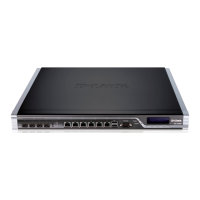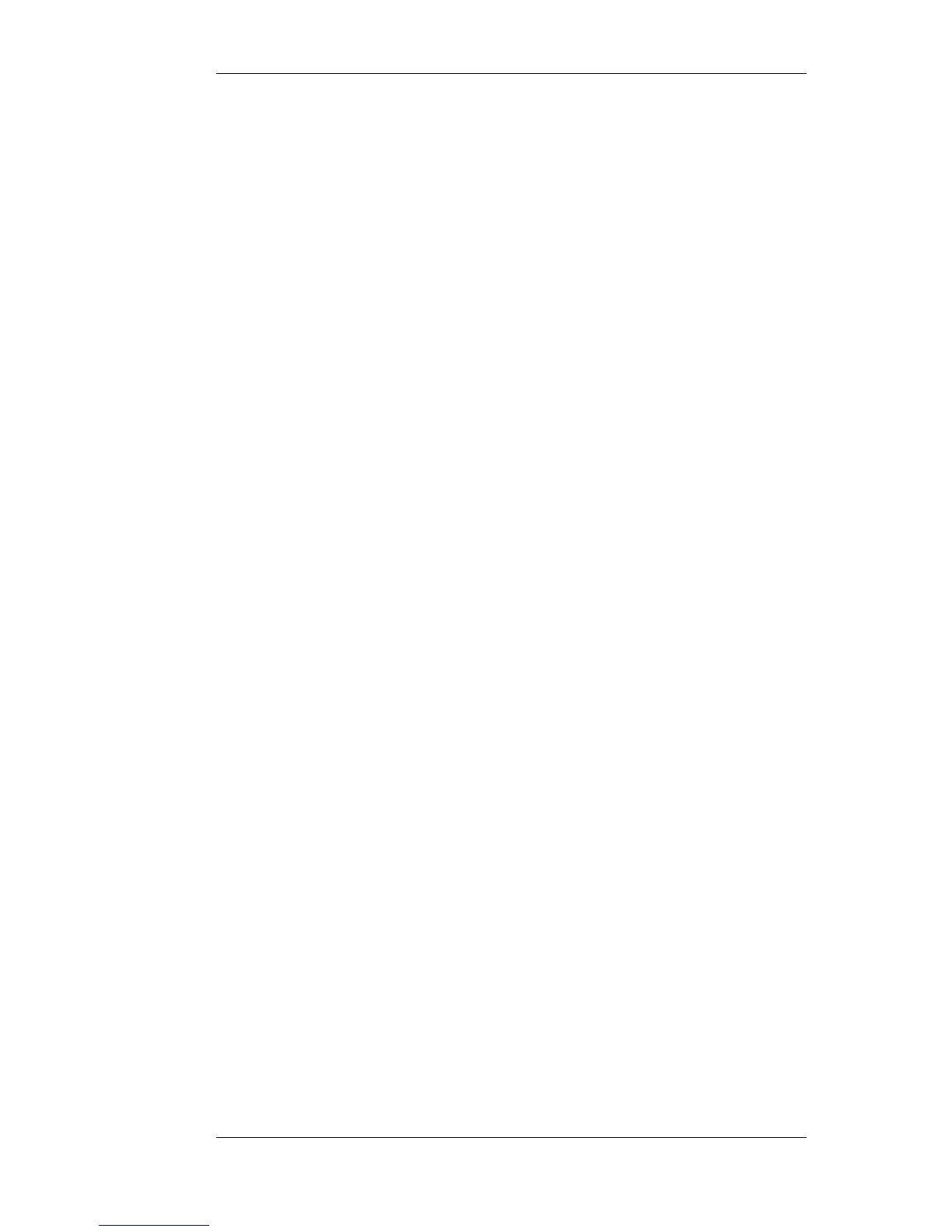NetDefendOS traffic shaping provides a sophisticated set of mechanisms for controlling and
prioritising network packets. The following points summarize its use:
• Select the traffic to manage through Pipe Rules.
• Pipe Rules send traffic through Pipes.
• A pipe can have a limit which is the maximum amount of traffic allowed.
• A pipe can only know when it is full if a total limit for the pipe is specified.
• A single pipe should handle traffic in only one direction (although 2 way pipes are allowed).
• Pipes can be chained so that one pipe's traffic feeds into another pipe.
• Specific traffic types can be given a priority in a pipe.
• Priorities can be given a maximum limit which is also a guarantee. Traffic that exceeds this will
be sent at the minimum precedence which is also called the Best Effort precedence.
• At the best effort precedence all packets are treated on a "first come, first forwarded" basis.
• Within a pipe, traffic can also be separated on a Group basis. For example, by source IP address.
Each user in a group (for example, each source IP address) can be given a maximum limit and
precedences within a group can be given a limit/guarantee.
• A pipe limit need not be specified if group members have a maximum limit.
• Dynamic Balancing can be used to specify that all users in a group get a fair and equal amount
of bandwidth.
10.1.10. More Pipe Examples
This section looks at some more scenarios and how traffic shaping can be used to solve particular
problems.
A Basic Scenario
The first scenario will examine the configuration shown in the image below, in which incoming and
outgoing traffic is to be limited to 1 megabit per second.
10.1.10. More Pipe Examples Chapter 10. Traffic Management
507

